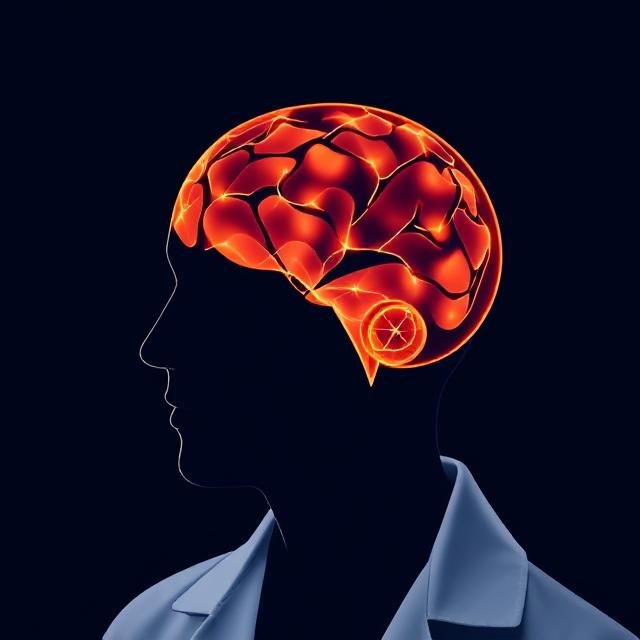Struggling to fall asleep before 2 or 3 AM and finding it nearly impossible to wake up in the morning, even after a full night’s rest? You might not just be a night person—you could have Delayed Sleep Phase Syndrome (DSPS), a biological sleep timing disorder that affects the body’s internal clock.
DSPS can lead to major impairments in work, school, and social life, yet it’s often misunderstood or misdiagnosed. Fortunately, there are scientifically backed treatments that help reset the circadian rhythm.
What Is Delayed Sleep Phase Syndrome (DSPS)?
Delayed Sleep Phase Syndrome is a circadian rhythm disorder where a person’s internal clock is significantly shifted later than the conventional bedtime and wake time. It results in delayed sleep onset (often after 2 a.m.) and difficulty waking up at socially acceptable times, like for work or school.
According to the International Classification of Sleep Disorders (ICSD-3), DSPS is most common in adolescents and young adults, but it can affect people of all ages (American Academy of Sleep Medicine, 2014).
Unlike insomnia, people with DSPS can sleep normally and for the same duration as others—just at a different time.
Symptoms of DSPS
- Inability to fall asleep at desired bedtime (e.g., 10–11 p.m.)
- Difficulty waking up in the morning or chronic morning sleepiness
- Daytime sleepiness due to inadequate sleep on weekdays
- Normal sleep quality and duration when allowed to sleep at preferred times (e.g., 3 a.m. to 11 a.m.)
- Depression or anxiety related to sleep disruptions
- Missed work, school, or social obligations due to late sleep-wake cycles
Causes and Risk Factors
While the exact cause of DSPS isn’t fully understood, contributing factors include:
- Biological predisposition: Some individuals naturally produce melatonin later than average (Micic et al., 2015).
- Genetics: DSPS may be inherited and linked to mutations in circadian rhythm genes.
- Behavioral patterns: Exposure to bright lights at night (e.g., screens) and irregular sleep schedules can reinforce the delay.
- Mental health conditions: Depression, ADHD, and anxiety disorders are frequently comorbid with DSPS.
Diagnosis
Diagnosing DSPS typically involves:
- Sleep diaries (kept over 1–2 weeks) to track sleep patterns
- Actigraphy: A wrist-worn device to monitor sleep-wake cycles
- Clinical interview: Assessing lifestyle, history, and medical/psychiatric conditions
- Polysomnography (in select cases) to rule out other sleep disorders
Diagnosis is made when the individual’s sleep is consistently delayed by 2 or more hours and causes significant impairment in daily life.
Treatment Options for DSPS
Light Therapy
Exposure to bright light shortly after waking can reset the circadian clock. Light boxes (10,000 lux) are typically used for 30–60 minutes in the early morning (Sharkey et al., 2011).
Chronotherapy
This involves gradually shifting sleep and wake times forward (or backward in rare cases) until a desired schedule is reached. It should be done under medical supervision to avoid relapse or further disruption.
Melatonin Supplementation
Low-dose melatonin taken 3–5 hours before natural sleep onset can help shift the circadian rhythm earlier. The timing—not just the dosage—is critical (Lewy et al., 2006).
Cognitive Behavioral Therapy for Insomnia (CBT-I)
CBT-I techniques, especially when tailored to circadian disorders, help patients:
- Reduce bedtime anxiety
- Regulate sleep hygiene
- Align behaviors with new sleep goals
CBT-I has shown strong results when combined with light therapy and melatonin (van Maanen et al., 2016).













